LET’S FIX POLYESTER BY MAKING IT BIODEGRADABLE*
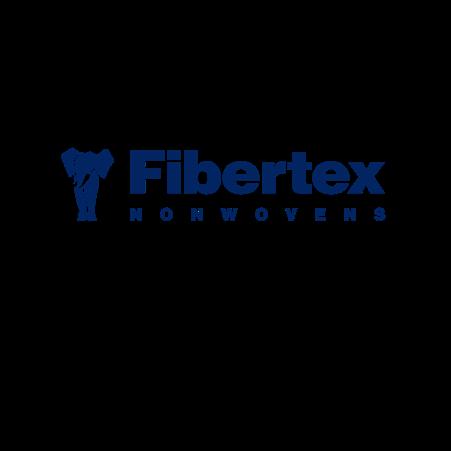

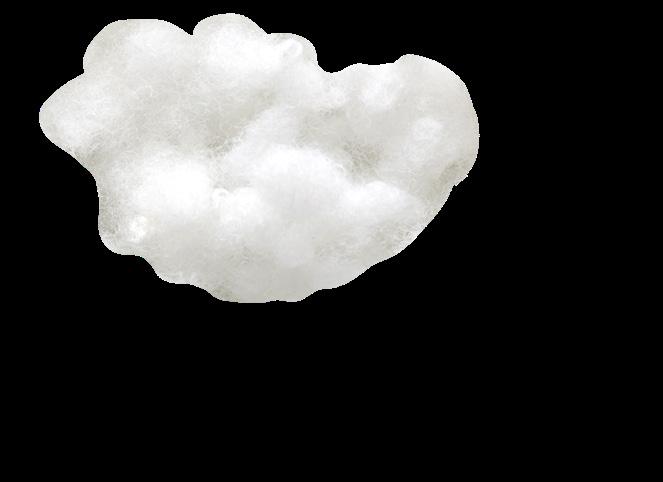
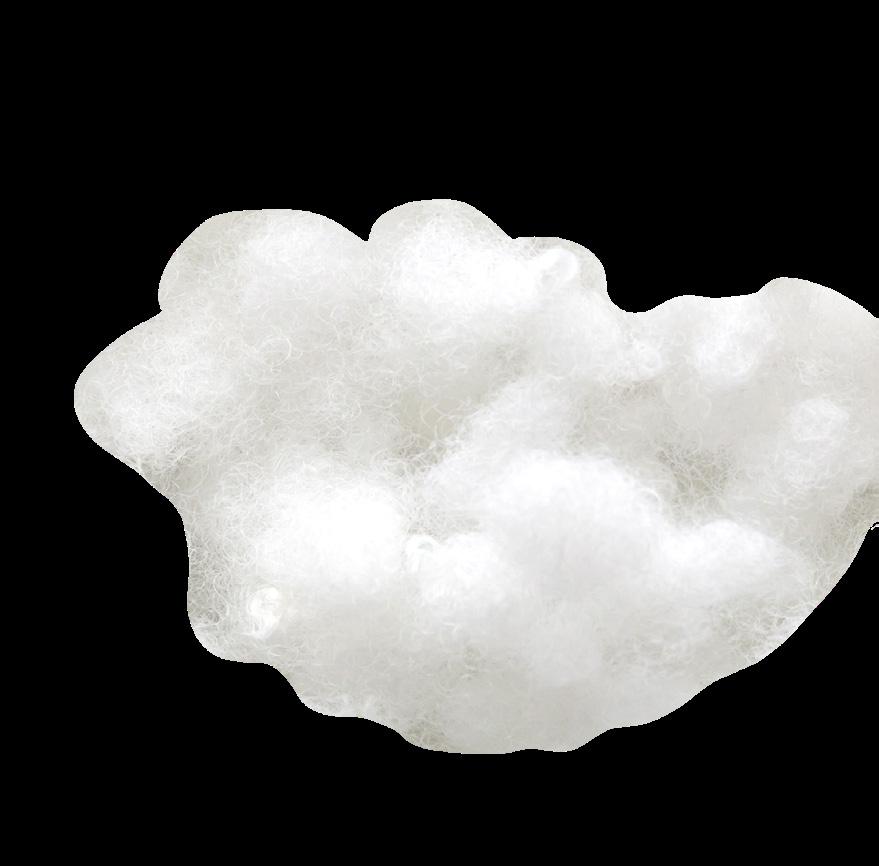







PrimaLoft ® Bio™ is an additive technology that enables polyester and fabric fibers biodegrade* in the environment. A revolutionary breakthrough that offers a previously unattainable level of performance and biodegradability, reducing microplastics in our landfills and oceans, PrimaLoft ® Bio™ is a first-of-its-kind technology and represents a critical component to a product’s lifecycle – a safety net should the product shed during laundering or end up in a landfill. It is simply designed to return to materials found in nature.
PrimaLoft ® Bio™ has been specifically designed to biodegrade* in the environments where the vast majority of plastics eventually find themselves: landfills and ocean water. According to independent testing, PrimaLoft ® Bio™ reached 93.8% biodegradation* in 646 days when exposed to an accelerated landfill environment. At the conclusion of this test, the remaining material was found to contain no trace of plastic, leaving behind only natural, carbon based elements! And what is even better, additional independent testing concluded that the soil left behind remains perfectly suitable for plant growth.

With no time to waste, let’s fix polyester!
*Biodegradable:
93.8% biodegradation in 646 days under ASTM D5511 conditions (landfill environment); 87.9% biodegradation in 1953 days under ASTM D6691 conditions (marine/ocean environment). 47.4% biodegradation in 481 days under ASTM D5210 conditions (wastewater environment); 50.1% biodegradation in 322 days under ASTM D5988 conditions (Soil environment). The stated rate and extent of degradation does not mean that the product will continue to degrade.










PrimaLoft ® Bio™ is specifically designed to reduce plastic waste in the environment and microplastics in our oceans. PrimaLoft ® Bio™ has been optimized to be more attractive to naturally occurring microbes found in landfills, oceans and waste water. When PrimaLoft ® Bio™ is exposed to these specific surroundings, it will break down over time into natural components: water, CO 2, methane, biomass and humus – a common component of potting soil. And PrimaLoft ® Bio™ will do so at a dramatically faster rate than standard polyester.
PrimaLoft ® Bio™ fibers are renewable in a circular economy and have proven capable of being chemically recycled.
This process breaks down polyester to its basic components so that it can be rejuvenated into a new high-performance material, without compromising its original integrity.

Recycling alone is not enough. Polyester and fabric made from biodegradable fibers combats plastic waste at the material level. For fibers (microplastics) that make their way outside of the closed loop and into then environment – whether through laundering and wearand-tear during the products lifecycle, PrimaLoft ® Bio™ biodegrades* emitted microplastics to return to materials found in nature, reducing the global impact of microfibers.
PrimaLoft ®Bio™ makes it easier for microorganisms to consume plastic, resulting in full biodegration*.
When left in active microbial environments such as landfill or ocean water, PrimaLoft® Bio™ will hydrolyze and biodegrade. This efficiently minimize micro plastic pollution, unlike OXO or UV degradation that creates micoplastics in the presence of oxygen and sunlight and does not biodegrade.
Hydro-degradable technologies (PrimaLoft ® Bio™ )
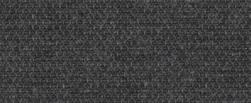

Reduces the long-term impact of microplastic pollution
Resistant to the UV and OXO degradation
Tested in landfill, ocean water, soil and wastewater conditions
Scientifically tested and proven effect
Does not impact normal usage
*Biodegradable:
93.8% biodegradation in 646 days under ASTM D5511 conditions (landfill environment); 87.9% biodegradation in 1953 days under ASTM D6691 conditions (marine/ocean environment). 47.4% biodegradation in 481 days under ASTM D5210 conditions (wastewater environment); 50.1% biodegradation in 322 days under ASTM D5988 conditions (Soil environment). The stated rate and extent of degradation does not mean that the product will continue to degrade.
Let’s make microplastic a micro problem
Landfill Simulation
Landfill Simulation
Test method ASTM D5511
Test method ASTM D5511
This ASTM test method is equivalent to ISO 15985
This ASTM test method is equivalent to ISO 15985
Marine Simulation
Marine Simulation
Test method ASTM D6691
Test method ASTM D6691
646 days 1953 days
Biodegradable Fiber water resistant
Cellulose (office paper)
Biodegradable Fiber non-water resistant
Standard polyester
*Biodegradable:
Biodegradable Fiber water resistant
Cellulose (office paper)
Biodegradable Fiber non-water resistant
Standard polyester
93.8% biodegradation in 646 days under ASTM D5511 conditions (landfill environment); 87.9% biodegradation in 1953 days under ASTM D6691 conditions (marine/ocean environment). 47.4% biodegradation in 481 days under ASTM D5210 conditions (wastewater environment); 50.1% biodegradation in 322 days under ASTM D5988 conditions (Soil environment). The stated rate and extent of degradation does not mean that the product will continue to degrade.
Municipal sewage sludge simulation
Municipal sewage sludge simulation
Test method ASTM D5210
Test method ASTM D5210
Soil simulation
Soil simulation
Test method ASTM D5988
Test method ASTM D5988
This ASTM test method is equivalent to ISO 17556
This ASTM test method is equivalent to ISO 17556
Biodegradable Fiber water resistant Cellulose (office paper)
Biodegradable Fiber water resistant Cellulose (office paper)
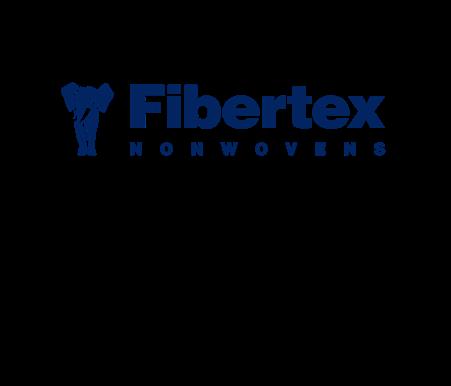
How does PrimaLoft ® Bio™ work?
Polyester is a complex molecule that naturally occuring microbes have a hard time digesting, why standard polyester does not biodegrade. PrimaLoft ® BioTM optimizes the polyester or fabric fiber with a simple sugar, making the fibers easier and more pleasant for microbes to digest. Essentially, we make your fiber a Boston Cream Donut for microbes.
Will PrimaLoft ® Bio™ biodegrade during usage?
Again, it’s a no. PrimaLoft ® Bio™ fibers in products do not biodegrade during usage. Only microplastics that leave products ending up in landfills or oceans will biodegrade, so there really is no special care required.
Can PrimaLoft ® Bio™ be recycled?
Yes, PrimaLoft ® Bio™ can be chemically recycled and fits perfectly in a circular lifespan, and PrimaLoft ® Bio™ maintain a 95% yield rate through the chemical recycling process.
Does PrimaLoft ® Bio™ require a change in production set-up?
No, PrimaLoft ® Bio ™ has the same characteristics and performance as regular PET fibers with the same output and same whiteness, and it blends well with natural fibers.
How does PrimaLoft ® Bio™ work with EU’s single-use plastic directive?
Polyester is a polymer, and therefore the end product could be considered as a “plastic”. This means that different measures from Single-Use Plastic Directive can be applied to your product.
Is PrimaLoft ® Bio™ scalable?
Yes, we are already commercial with BICO (low melting fibers), solid, and hollow fibers – and have no capacity issues.
Will PrimaLoft ® Bio™ biodegrade on shelves?
No, PrimaLoft ® Bio™ only biodegrades in environments with naturally occuring microbes, such as landfills, oceans, and waster water. PrimaLoft ® Bio™ comes in normal bales and has a normal shelf life with no need for special care or treatment during storage and transportation.
How can we be sure it works on our set-up?
Before initiating full production, a sample is sent to 3rd party lab for an accelerated test that measures the initial behavior of the fiber. After the QC test for up to 90 days, we can verify that the technology works and the staple fibers are approved.
Can PrimaLoft ® Bio™ be used for my products?
PrimaLoft ® Bio™ can be added to any type of polyester and fabric fiber, from wadding, filtration, and automotive to acoustics, medical, and hygiene products.
Is PrimaLoft ® Bio™ available today?
YES! PrimaLoft ® Bio™ is already available from several locations worldwide, both virgin and recycled from a controlled supply chain. There is full capacity and delivery guarantee. And that’s why we can start fixing polyester right now.
Who else is using PrimaLoft ® Bio™?
A long range of well-known brands within outdoor garments have already implemented PrimaLoft ® Bio™ in their fabrics and insulation, from Jack Wolfskin, Maloja and Katmandu to 4F and Icebug.
At Fibertex Nonwovens, we pioneer and innovate the way industries work with nonwovens and performance materials.
We manufacture a wide range of high-performance nonwovens, using advanced technologies, the best practices and quality materials, to enable our customers to create highperformance solutions, that improve the quality of life for people. We are nonwovens specialists and enter strong long-term partnerships with our customers.
We protect the environment by incorporating sustainable practices across our businesses and communities. We strive to build a world with sustainable solutions, where we can consume, while taking care of our planet and its resources.
Fibertex nonwovens is 100% owned by Schouw & Co. and is headquartered in Aalborg where the business was founded in 1968. We have production facilities in Denmark, France, the Czech Republic, Turkey, the USA, South Africa and Brazil as well as sales offices in France, Portugal, Spain, China and India. Fibertex has more than 1000 employees.
How do you choose between what’s good for you and what’s good for the planet? Isn’t it one in the same? That’s why we’ve created a single focused movement, using performance to drive sustainability in our industry. We do this by pushing the limits of material science forward, resulting in the perfect balance between performance and responsibility. Each one elevated. Neither one sacrificed.
We provide material solutions for a wide variety of activities and experiences across many industry segments and constantly strive to develop better more climate friendly solutions.
PrimaLoft ® Bio™ is the first ever technology that enables polyester and fiber to return to materials found in nature. A revolutionary breakthrough that offers a previously unattainable level of performance, while drastically reducing the impact of micro plastics in our landfills and oceans. Another important milestone for the planet.
*Biodegradable:

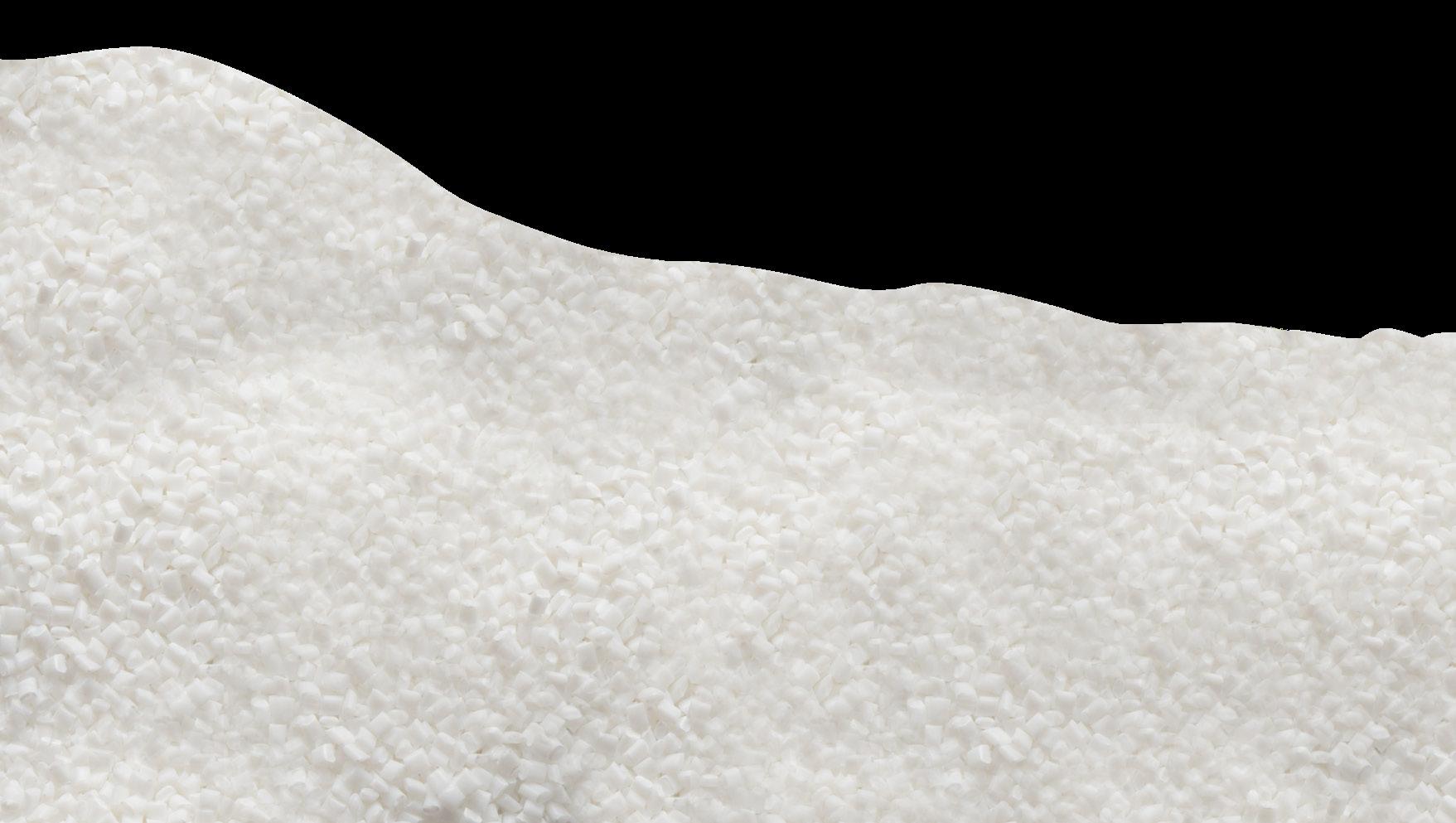
93.8% biodegradation in 646 days under ASTM D5511 conditions (landfill environment); 87.9% biodegradation in 1953 days under ASTM D6691 conditions (marine/ocean environment). 47.4% biodegradation in 481 days under ASTM D5210 conditions (wastewater environment); 50.1% biodegradation in 322 days under ASTM D5988 conditions (Soil environment). The stated rate and extent of degradation does not mean that the product will continue to degrade.
